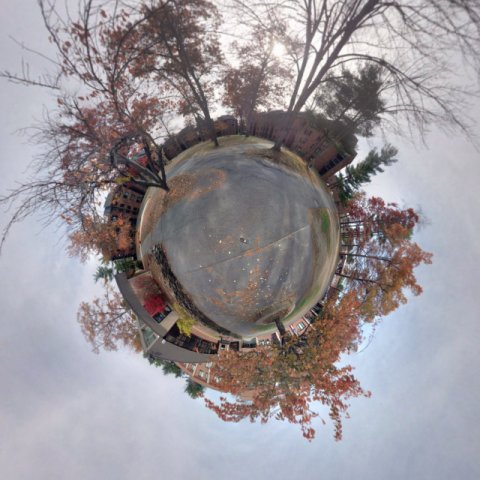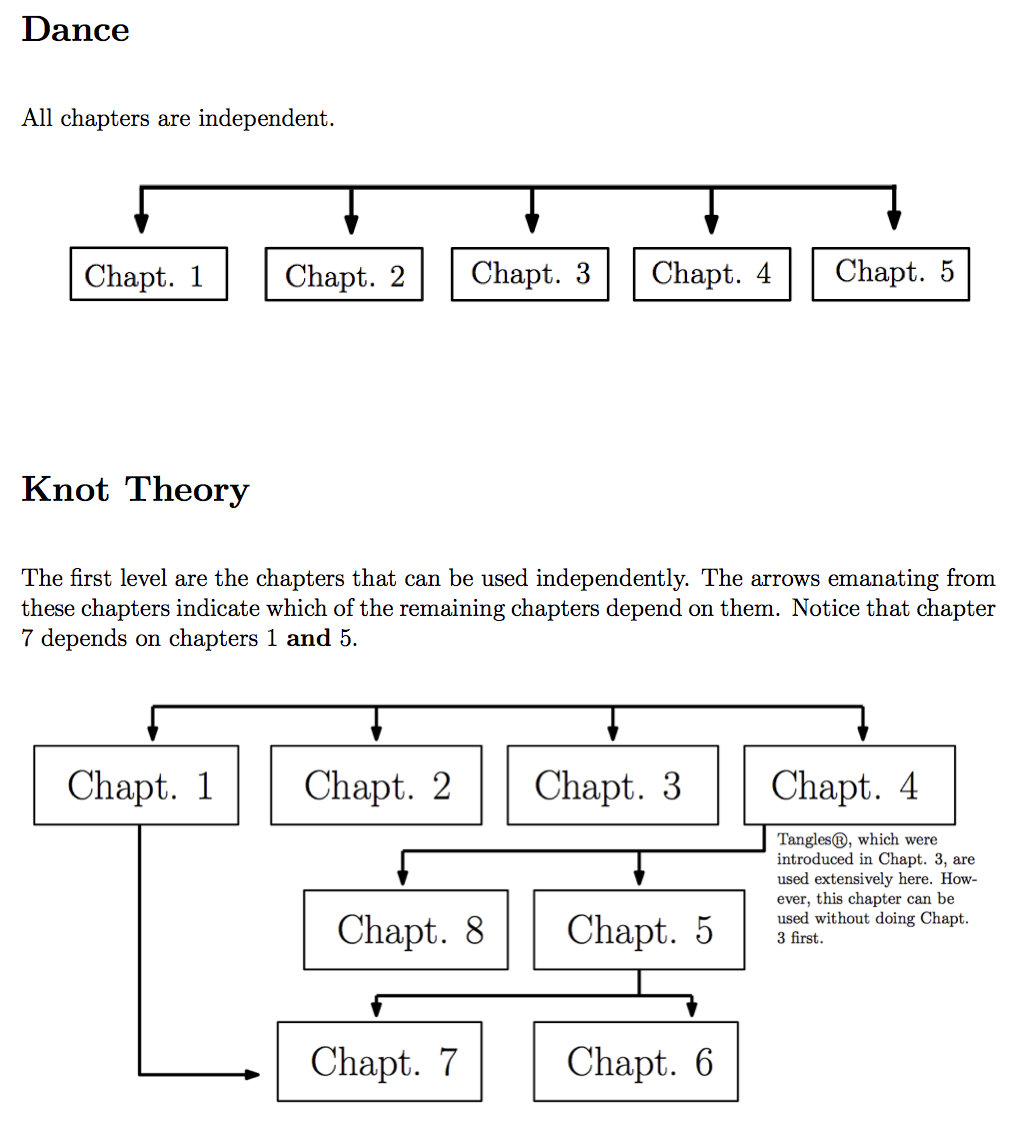Mixing it up
Written by: Dr. Christine von Renesse
Our website provides 11 learning guides – each with enough material for more than one semester. This means you could introduce new topics in your math for liberal arts class for the next 6 years straight... too much? You are probably wondering which one(s) you should choose to give this inquiry-based approach a try…
Let me begin by telling you how I make choices about the materials. I like to go for what I love best. Why? Because I will be best at motivating and selling something to the students that is really intriguing and beautiful to me. That’s why I personally end up using the dance book the most. Well, actually that’s not totally true, I often just use part of the dance book, for example the chapter on salsa rueda:
Why introduce change?
My math for liberal arts students tend to get tired of a particular topic after a while. If they have spent weeks thinking deeply about a particular mathematical idea they are ready for a change. For a mathematician recognizing this might not be obvious, in fact it took me a very long time before I realized that I needed to "spice things up" to keep the momentum going. My math for liberal arts students have come a long way in changing their attitude towards mathematics and starting to find beauty in it, but if they get too frustrated or start to feel bored, they quickly fall back into their old beliefs and check out. In my major classes this is usually not a problem and I did not at first have strategies to deal with this phenomenon.
If you like to stay with one of our learning guides for a whole semester, you can use Cool Things or an interesting video like The Proof or a good article (news article, mathematician's lament ) or an art project throughout the semester. You can judge the energy in the class and decide every day what students might needs to do, see or hear.
Another option is to combine chapters from various learning guides. I usually choose the first topic of the semester, which will take 2-4 weeks to work through. And then I often let my students' interests guide the next topic. Either I connect the next topic to something the students were interested in during the first weeks or I tell my students which topics I am open to and let them vote.
It is helpful to really change topics dramatically: Follow a more theoretical chapter (e.g. examples in proof as sense making blog ) with a games or dance unit, or follow a geometric exploration with one that is more number based. I tend to use 3 or 4 different topics per semester.
Many of our books have very independent chapters that can be used like modules. Last fall I used for instance a chapter from the pattern book (currently available in the student tool box ), then a chapter from the art and sculpture book (photography) and then a chapter from the dance book (salsa rueda). Similarly Volker likes to combine a chapter from the games book with the panorama chapter from the art and sculpture book. The images throughout this blog are samples of student artwork from the panorama chapter.
Chapter Dependencies
To understand the chapter dependencies of our learning guides, please see the following images. This information is from February 2015 and might change in later editions. We suggest that you either use the preface of our books to "set the tone" for the investigations or find your own way of introducing this new way of learning and doing mathematics.
If you have questions about how to start your class please read also our getting started blog and our setting the stage blog.
- Number Theory
- Ideas of Calculus
- Games and Puzzles
- Music
- Art and Sculpture
- The Infinite
- Geometry
- Reasoning, Truth, Certainty & Proof
- The pattern book is currently being restructured (Feb 2015). Once finished the chapter dependencies will be posted here.





